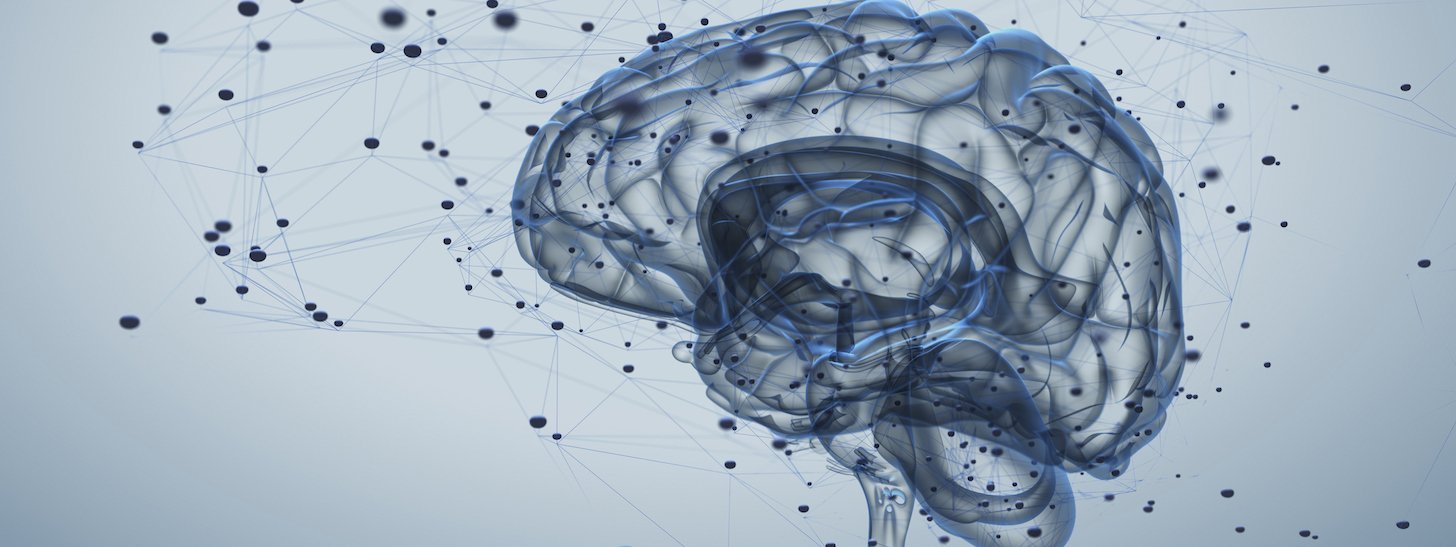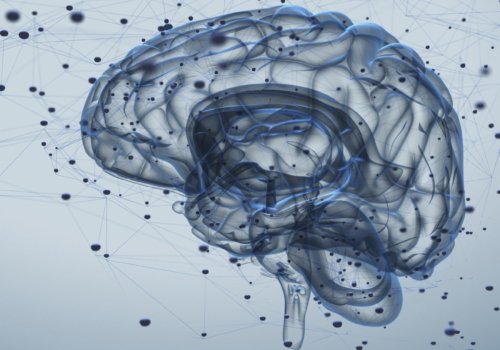Sex, Family History of Headache and Low Income More Associated with Persistent Headache in Children who Suffer from Mild Brain Injuries
Severity of Injury not as Important as Pre-Injury Factors,
Says New Study Presented at International Headache Congress
BOSTON, JUNE 26, 2013 – Children who have a family history of headache, chronic pain, poor quality of life, and/or loss of consciousness with amnesia at the time of injury are more likely to have headache three months after a mild brain injury, according to a new study presented at the annual scientific meeting of the International Headache Congress here this week. Investigators found that even skull fracture and intercranial hemorrhage were less predictive of post-injury headache than these other factors.
“We found that female sex, family history of headache, chronic pain prior to injury, lower quality of life, prior NSAID use, and loss of consciousness with amnesia were associated with a higher risk of headaches in children three months after the brain injury,” said Heidi K. Blume, MD, Assistant Professor of Neurology at Seattle Children’s Hospital, and lead author of the study.
The study compared 524 children 5 to 17 years old who had either a broken arm (122) or mild traumatic brain injury (TBI) (402) and found that 43% of those with mild traumatic brain injury and 26% of those with arm injury had post-injury headaches.
“We also found headache reported at both three months and one year after mild TBI was associated with pre-injury factors such as family history of headache, female sex, low income, lower quality of life, and chronic pain but was no longer associated with amnesia or loss of consciousness at the time of the brain injury,” she said.
“This study indicates that pediatricians and other providers who treat children with brain injuries need to consider the severity of the injury, events immediately after the injury as well as pre-injury factors including family history of headache, pain before injury and prior medical and social issues, to determine the optimal management of patients over the long term,” she said.
Other investigators on the study were from the Harborview Injury Prevention Center in Seattle, the University of Washington in Seattle, Mary Bridge Children’s Hospital in Tacoma and The Children’s Hospital of Philadelphia. The study was funded by the Centers for Disease Control and Prevention.
The International Headache Congress, hosted this year by the American Headache Society, draws about 1,000 headache and migraine researchers and treatment specialists from around the world to hear the latest scientific and clinical information. This year’s theme – “Revolutionizing Headache Care Through Science” – is a four-day program of teaching and scientific presentations.
ABOUT MIGRAINE
Some 36 million Americans suffer from migraine, more than have asthma or diabetes combined. More than six million American suffer from chronic migraine, a highly disabling neurological disorder. Migraine can be extremely disabling and costly, accounting for more than $20 billion in direct (e.g. doctor visits, medications) and indirect (e.g. missed work, lost productivity) expenses each year in the United States.
ABOUT THE INTERNATIONAL HEADACHE SOCIETY
IHS, founded in the United Kingdom in 1982, is the world’s leading membership organization for those with a professional commitment to helping people affected by headache. The purpose is to advance headache science, education, and management, and promote headache awareness worldwide. IHS publishes the international journal Cephalalgia.
ABOUT THE AMERICAN HEADACHE SOCIETY
The American Headache Society (AHS) is a professional society of health care providers dedicated to the study and treatment of headache and face pain. The Society’s objectives are to promote the exchange of information and ideas concerning the causes and treatments of headache and related painful disorders. Educating physicians, health professionals and the public and encouraging scientific research are the primary functions of this organization. AHS activities include an annual scientific meeting, a comprehensive headache symposium, regional symposia for neurologists and family practice physicians, publication of the journal Headache and sponsorship of the AHS Committee for Headache Education (ACHE). www.americanheadachesociety.org
###


